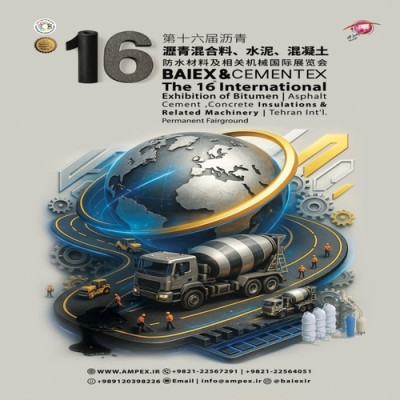WPB: Uncertainty over oil demand growth is expected to linger beyond 2024, accompanied by concerns over potential price declines. According to recent projections for the 2025 oil market, demand will increase, China will play a leading role in shaping the market, and OPEC may begin rolling back its production cuts.
As early as November, analysts suggested that OPEC could grow weary of sacrificing market share and decide to ramp up production regardless of price. Such a move, according to Tom Kloza from OPIS, might push oil benchmarks down to $40 per barrel. Speaking to CNBC, Kloza added, “You could see prices drop to $30 or $40 a barrel if OPEC abandons production limits without any cohesive agreement. Their market share has steadily declined over the years.”
These predictions align with an October forecast by the International Energy Agency (IEA), which projected OPEC’s market share could shrink from 34% to just over 31% by 2028, squeezed by competitors like the U.S., Canada, Brazil, and Guyana.
The pivotal decision for OPEC in 2025 may revolve around whether to flood the market with oil to challenge rivals—a strategy they have employed before—or maintain output restrictions. Some analysts believe fears of competition from non-OPEC producers might be exaggerated.
Among these competitors, the United States poses the greatest challenge to OPEC’s dominance. As the world’s leading oil and gas producer, the U.S. has significantly expanded its output over the past two decades. However, industry experts caution that this growth is unsustainable in the long term due to finite resources and the depletion of easily accessible reserves. Even with notable efficiency improvements, higher production costs are anticipated as cheaper sources run dry.
In the short term, U.S. producers face another obstacle: oil prices. Despite expectations of a production boost under the incoming pro-oil administration, economic factors may constrain growth. Liam Mallon, president of upstream operations at Exxon, emphasized this in November, stating, “A drastic shift is improbable since nearly everyone prioritizes economic feasibility.” While relaxed regulations on federal land drilling could theoretically enable more activity, Mallon noted, “I don’t believe we’ll see a widespread return to ‘drill, baby, drill’ strategies.”
On the demand side, much of the focus is on China. Wood Mackenzie predicts China’s oil demand will continue rising in 2025, primarily driven by petrochemical feedstocks, while demand for transportation fuels is expected to decline. The consultancy also foresees modest global diesel demand growth, counterbalanced by China’s increasing use of LNG-powered trucks. Additionally, China’s gasoline demand is predicted to fall due to the growing adoption of electric vehicles, while rising jet fuel consumption is unlikely to offset declines in other fuels.
Projections for global oil demand growth in 2025 vary slightly. The IEA anticipates an increase of 1.1 million barrels per day (bpd), while Wood Mackenzie estimates growth at 1.4 million bpd. ING references earlier IEA estimates of just under 1 million bpd. Similarly, Morgan Stanley aligns with the IEA, forecasting a 1.1 million bpd rise. Despite these variations, most analysts concur that supply growth will outpace demand, with China driving the slowdown in demand growth and non-OPEC producers contributing to the anticipated supply surplus.
By Bitumenmag
Oil, Price, Market



















